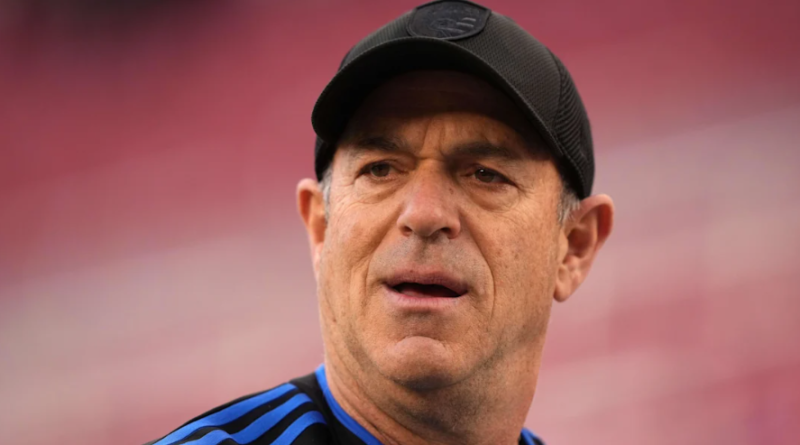Things to watch: Oakland Athletics Fans Receives More Tantalizing News to Cheer About
A’s owner John Fisher is reportedly prepared to pledge $ 1 billion for the construction of a new ballpark in Las Vegas, as stated by team executive Sandy Dean. This commitment will reportedly be represented by four letters to be presented at the Las Vegas Stadium Authority meeting on December 5.
According to Jeremy F. Koo, the letters will include: (1) a commitment letter from Goldman Sachs and U.S. Bank for a 300millionconstructionloan;(2)aletterfromJohnFisherconfirmingtheFisherfamily′s 1 billion investment in the project; (3) a letter from U.S. Bank indicating that they have reviewed the Fisher family’s financial situation and SEC filings, asserting that they “have the capacity” to fund the project; and (4) a letter from Athletics StadCo affirming that the documentation from lenders is sufficient to proceed with the ballpark, pending typical conditions.
The first letter, detailing the $ 300 million loan, has been known for some time. The other three letters include a commitment from Fisher and confirmations of financial capability. However, there is skepticism about the significance of these letters, as nothing concrete has taken place yet; their presentation in December is unlikely to change that. This campaign appears more like a delay than a genuine advancement.
The entire endeavor relies heavily on the Fisher family’s commitment letter, and it’s worth noting that Fisher previously launched a “Rooted in Oakland” campaign—a similar promise—and has had binding agreements in Las Vegas for other potential sites. Given this history, questions remain about how much trust can be placed in his intentions until he actually writes a check.
Two weeks ago, it was joked that Fisher could show the Las Vegas Stadium Authority a picture of money, and they would accept that as sufficient proof of his intent to pay and expedite the process. In a month, that might very well play out.
While Fisher may present various promises or “binding agreements,” his track record makes it hard to take them at face value. One key motivation for building a new ballpark is to increase the team’s value, aiming for more profit upon an eventual sale. Additionally, owners typically seek to invest as little of their own wealth as possible.
As highlighted previously, the financial logic is questionable. Forbes values the A’s at 1.12billion,andFisher′ssuggested 2 billion valuation for a team stake implies he expects a similar increase in value post-ballpark construction. If he is indeed investing $ 1 billion—excluding any potential cost overruns—why spend that amount to achieve a similar increase in team value? It seems counterproductive; he could realize the same financial gain by selling the team now and avoiding the complexities of a new ballpark.
This raises doubts about Fisher’s willingness to invest significantly in the project. If an angel investor were to step in with a $ 500 million investment for a 25% stake in the team, that might provide a more favorable solution. Until there is tangible progress with signed agreements and construction underway, skepticism will persist.
Historically, A’s fans have seen numerous proposals for new venues across California and Nevada over the past 15 years, but none have materialized into actual construction. While there may be hope for change with this nine-acre project, whether that will truly happen remains uncertain.
